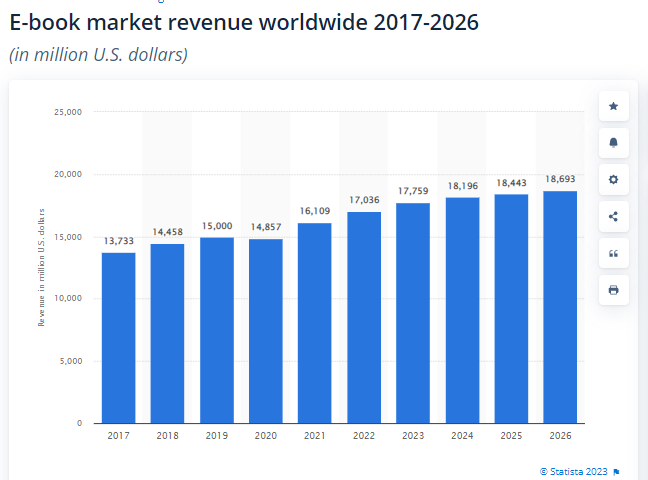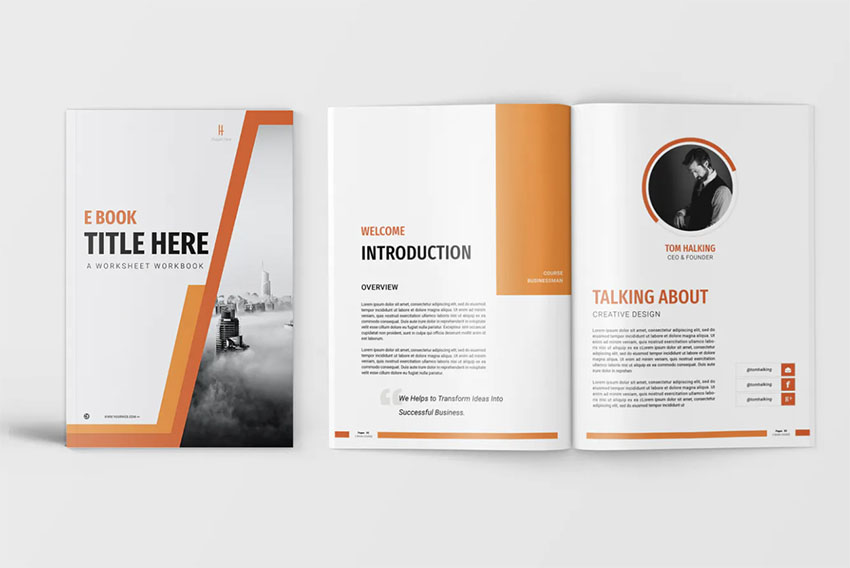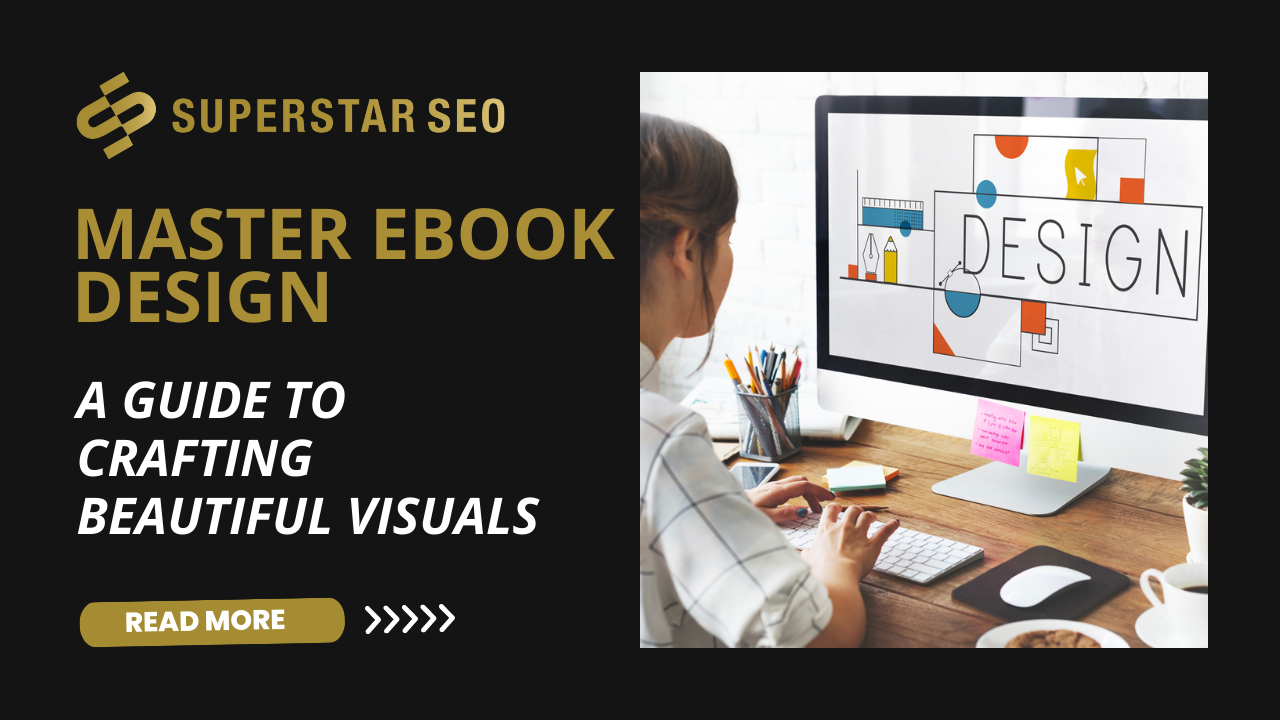Master Ebook Design: A Guide to Crafting Beautiful Visuals
We all know that the story is the heart and soul of a book, but let’s not forget about the importance of good ebook design ideas.
A well-designed ebook can take your reading experience to the next level and create a lasting impression. After all, no one wants to read a book that looks like it was designed by a toddler using Microsoft Paint.
In this simple guide to ebook design, we’ll show you how to create visually stunning ebooks that match the tone and style of the story.
From choosing the perfect theme to nailing your data visualization, we’ve got you covered.
How To Create Great Ebook Designs?
Before we start with the tips…
Did you know that the revenue of the global eBook market is predicted to reach around 18.7 billion dollars by 2026?

1. Choose A Theme Carefully
Choosing the right theme for your ebook is like picking the perfect outfit for a special occasion.
Your theme should make a statement and reflect the mood of your story. Take inspiration from the book cover or its genre, and create a cohesive look throughout the ebook.
For instance, if you’re designing an ebook for a sci-fi novel, you could use futuristic fonts and graphics to convey the feeling of being in a different world.
Check out some ebook design examples online to get an idea of what works well and what doesn’t.
2. Know Your Specs
Knowing your specs is essential for creating a well-designed ebook.
Pay close attention to the file format, image size, and resolution requirements of the platform you’re using to publish your ebook.
If your images are too large, your ebook could take a long time to load, causing readers to lose interest.
On the other hand, if your images are too small, they could appear blurry and pixelated. Make sure you understand the specs and optimize your designs accordingly.
3. Draft Wireframes
When it comes to ebook design, it can be tempting to dive right in and start creating beautiful visuals.
However, this approach can often lead to more headaches down the road, especially if you need to get approval from a group of people or make late-stage design changes.
Wireframes are simple, low-fidelity sketches of your ebook’s layout and functionality.
They help you to visualize the structure of your ebook and identify any potential issues early on in the design process.
Use a wireframing tool or even pen and paper to sketch out the basic design elements, such as headers, footers, and chapter headings.
This will give you a visual guide for the rest of your design process and help you stay organized.

4. Design For The Story
Designing for the story is all about creating an immersive experience for your readers. Use images, graphics, and typography to enhance the mood and tone of the story.
Think about the
- Colors
- Logo
- Fonts
- Typography
- Photography, etc.
Be sure to justify every design element that you use. Each element should serve a specific purpose, whether it’s to enhance comprehension or to reinforce the story.
If you can’t justify how an element serves the story, then it’s probably not necessary and can be removed.
5. Think About Your Data Visualization
When it comes to data visualization, the design is more than just aesthetics. It’s about presenting information in a way that is easily comprehensible and memorable for the reader.
Good data visualization can make even the most complex data sets accessible and understandable, allowing readers to synthesize and recall the information presented more easily.
Designing for data visualization requires careful consideration of the data you’re presenting and the story you’re trying to tell.
Think about the key insights you want your reader to take away from the data, and then design your charts, graphs, and infographics accordingly.
Use color, typography, and hierarchy to emphasize the most important data points and make them stand out.

Final Remarks
By following best practices like choosing a theme carefully, knowing your specs, drafting wireframes, designing for the story, nailing your data visualization, and creating design templates, you can create an ebook that is both aesthetically pleasing and effective.
You can find many ebook design examples online if you feel stuck.
Taking the time to plan and execute a thoughtful design can make all the difference in the success of your ebook.
If you feel like it’s too much work, you could always hire freelancers to do the work for you.
Either way…good luck!





